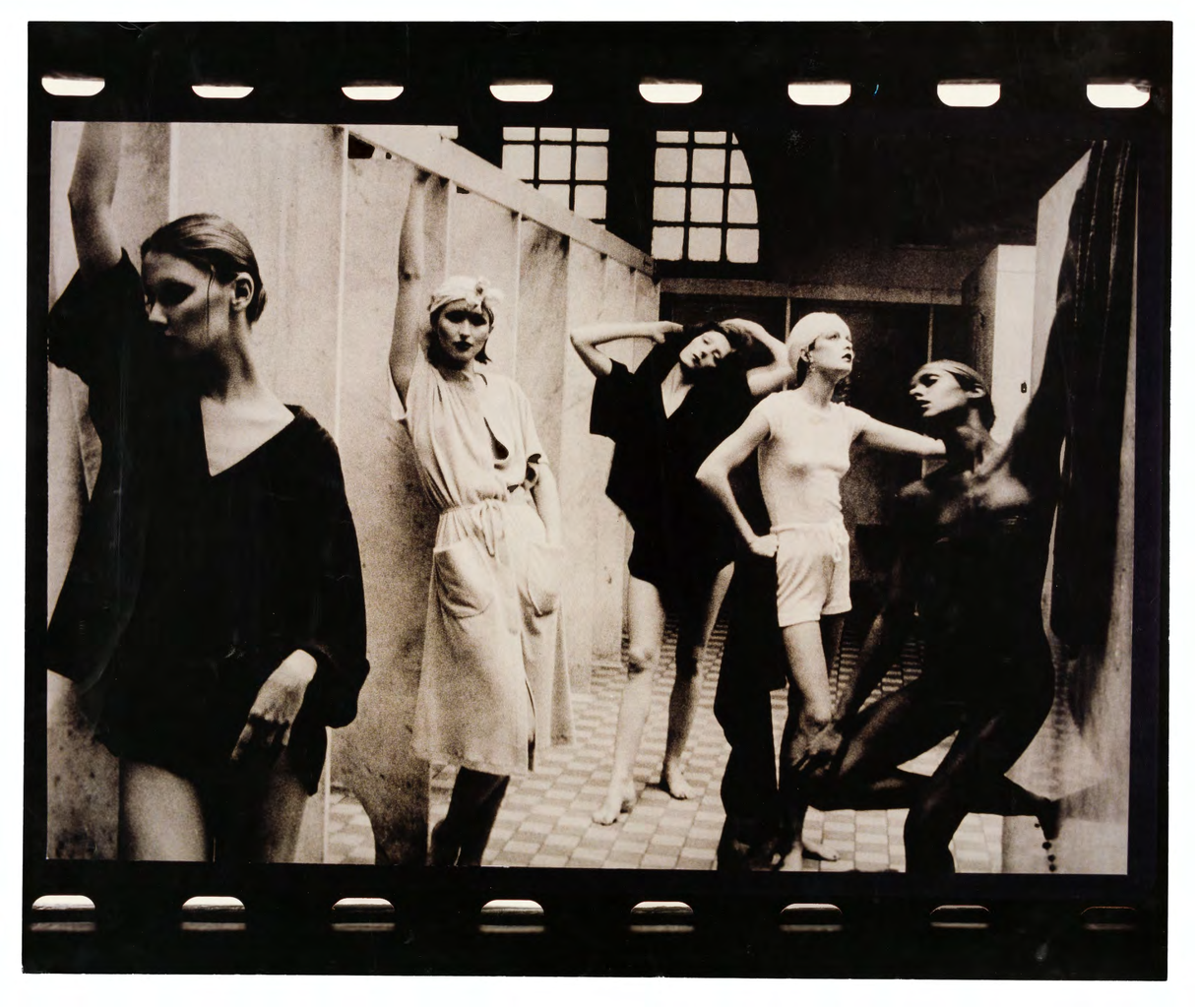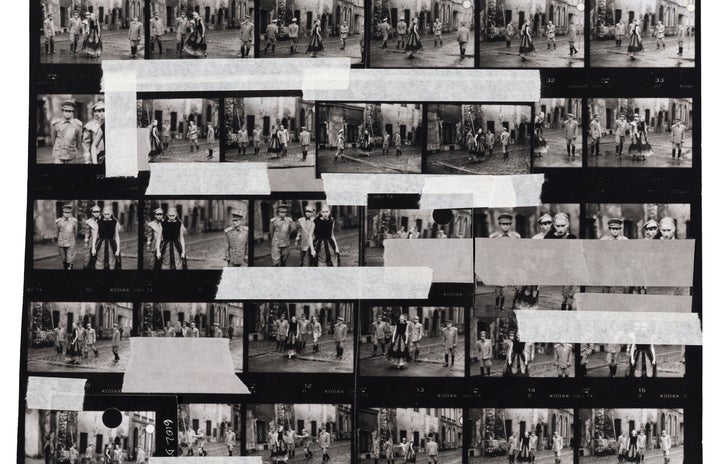The French New Wave era of cinema marked a period in filmmaking history that changed the way aesthetics and storytelling appear in film.
In France during the late 1950s to 1960s, the filmmaking landscape of the time was hallmarked by perfected studios with stiff compositions and left little creative freedom for directors to make their own stylistic decisions. This culture changed with the popularization of techniques used in the French New Wave, an era of film focused on creative control that broke away from the traditional filmmaking style at the time.
Below are my top three essential films to explore the French New Wave genre.

- The 400 Blows (Les quatre cents coups)
-
Regarded as being one of the defining films of the French New Wave, The 400 Blows is a coming-of-age drama directed by François Truffaut.
The film follows a young boy growing up in Paris, prone to conflict both at school and home, leading him to be sent to a centre for troubled youth. A semi-autobiographical film, The 400 Blows is a simple yet sophisticated take on adolescence and an embodiment of one of the key themes of the French New Wave — individual style.
The concept that a filmmaker should be distinct and recognizable from their work was popularized during this era, and Truffaut’s decision to reflect his own childhood through narrative and stylistic expression became a fundamental aspect of new-wave cinema.
- Breathless (À bout de souffle)
-
Breathless, directed by Jean Luc-Godard, follows a young petty criminal who attempts to evade investigators following the accidental murder of a police officer.
Throughout the film, the camera follows the protagonist through the congested streets of Paris as he tries to gather enough money to flee to Italy.
One of the key characteristics of this film is its use of handheld cameras, and in combination with on-location filming became synonymous with the French New Wave and its dedication to distance itself from the studio culture of filmmaking.
- La Pointe Courte
-
Similar to the films above, La Pointe Courte is a documentary-style film that follows a married couple in a small seaside town in France, along with the lives of the other inhabitants.
The film became associated as one of the pioneering films of the French New Wave through its mixing of professional and nonprofessional actors, exclusive use of location shooting and lack of training or prestige from the director, Agnès Varda.
This style of filmmaking was unheard of in 1950s France but set the stage for many other films of the same quality to come out of this era.


